Cahersiveen
Today was a rest day. Our hotel is right on the Ring of Kerry main road and a busy road it is. From about eleven until two there is a procession of tour coaches, sometimes five in a row. They all do the route counter-clockwise as the roads are so narrow.
Barbara had a stomach bug and spent half the night in the bathroom. Thank goodness for ensuites. A late, late start (breakfast at 10.30am!!!) and then we visited a few places close by in Cahersiveen. Highlights were the Barracks, the Daniel O’Connell Memorial Church and the Abbey of the Holy Cross.
The Royal Irish Constabulary Barracks were built by the British Government between 1870 and 1875. The reason for building the barracks is that in 1866 The British and American Magnetic Telegraph Company had successfully laid a telegraph cable under the Atlantic from Newfoundland to Valentia Island, just off the coast at Cahersiveen. This had taken several attempts and cost vast sums of money. In 1867 the Fenians of Cahersiveen had their ill-fated rising against the British. The British concerned any future uprising might pose a threat to the security of the cable ordered the design and construction of a large police barracks at Cahersiveen.
The barracks were built in the unusual Schloss style of architecture which was popular with the architect, Enoch Trevor-Owen. The building was so unusual a local legend sprang up about it. The legend was that the British Government had mixed up two sets of plans and that the Barracks should have been built on the North West Frontier of India and that an Irish police barracks had been built there in its place. The Barracks are now a heritage centre on several floor levels and full of local history and the story of Daniel O’Connell.
Next up The Daniel O’Connell Memorial Church of the Holy Cross. This French Gothic church is unique to Ireland in that it is the only church dedicated to a layman, the ‘Liberator’, Daniel O’Connor. Pope Leo XIII gave papal approval and work started in 1886. Work stopped in 1893 due to lack of funds and there had to be a special appeal to the people of Ireland to complete the work.
Daniel O’Connell is not buried at his church but Monsignor Hugh O’Flaherty is. In the photos of Killarney I posted one of a statue of O’Flaherty. He was a local priest who served in South Africa, Egypt, Haiti, Santo Domingo and Czechoslovakia before becoming a senior official of the Roman Curia in the Vatican, Rome. During World War II he was responsible for saving the lives of 6,500 allied soldiers and Jews by setting up safe houses and escape routes from Italy. His nickname was ‘The Scarlet Pimpernel of the Vatican”.
The parents of Daniel O’Connell are buried in the graveyard of the Abbey of the Holy Cross. This is now a ruin. This is not a church of traditional design as there is no steeple due to the laws prevailing in Penal Times. Between 1865 and 1829 the Penal Laws were in force in Ireland and one of these laws prohibited any Catholic church having a steeple or a bell. In the graveyard there is a large headstone with a wonderful inscription dedicated to Lieutenant Phillip Primrose. It was erected by his ‘Numerous Friends’. You can see it in a photo.
Tomorrow we are back on the road again. We have completed half our time in Ireland and half our walking distance.
Old Irish proverb for the day: ‘The steed does not retain its speed forever’.
- The Barracks
- The Barracks
- The Barracks
- The Barracks
- The Barracks
- The Barracks
- The Barracks
- The Barracks
- Still lost!
- Daniel O’Connell Memorial Church
- Daniel O’Connell Memorial Church
- Daniel O’Connell Memorial Church
- Cahersiveen
- Cahersiveen
- Ballycarbery Castle
- Fertha River
- Defunct railway bridge
- Cahersiveen
- Abbey of the Holy Cross
- Abbey of the Holy Cross
- Painting the house
- Lasagne
- Stuffed Lamb Roast

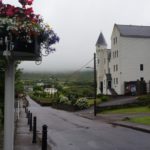
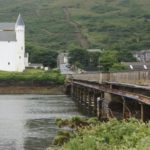
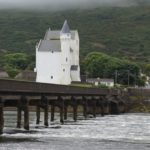
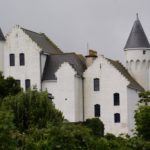
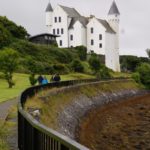
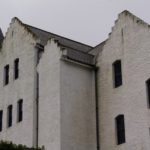
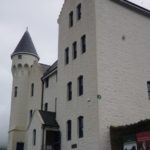
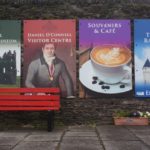
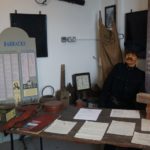

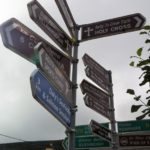
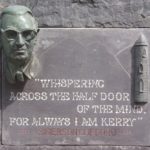
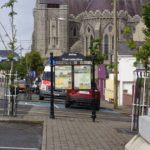
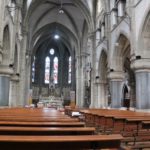
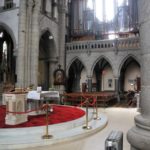
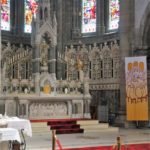
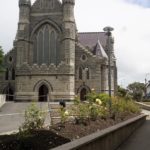
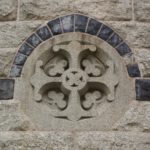
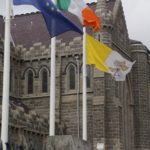
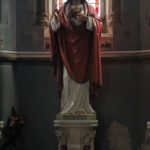
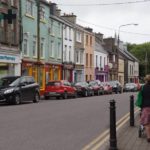
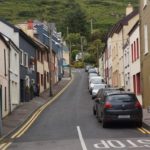
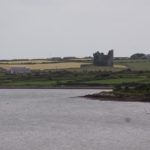
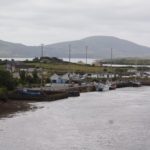
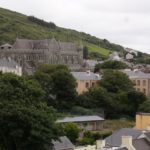
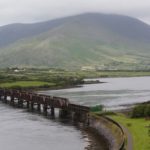

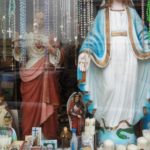
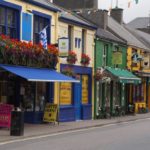

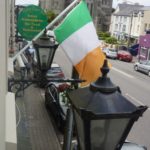
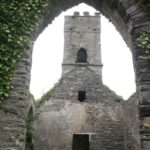
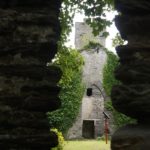
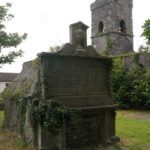
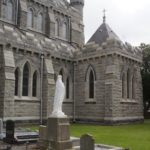
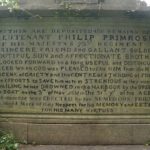
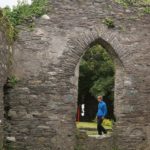
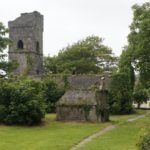
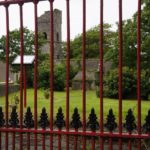
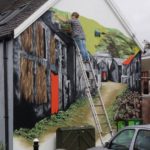
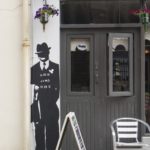


Again wonderful commentary and photographs Paul. Hope Barbara is ok. My dad like you was an architect. I love, like he did the buildings of different periods throughout history and through your postings I am learning heaps. Thanks